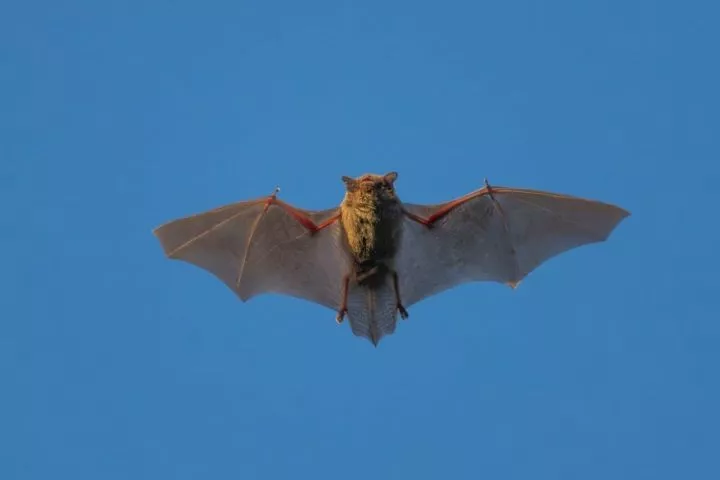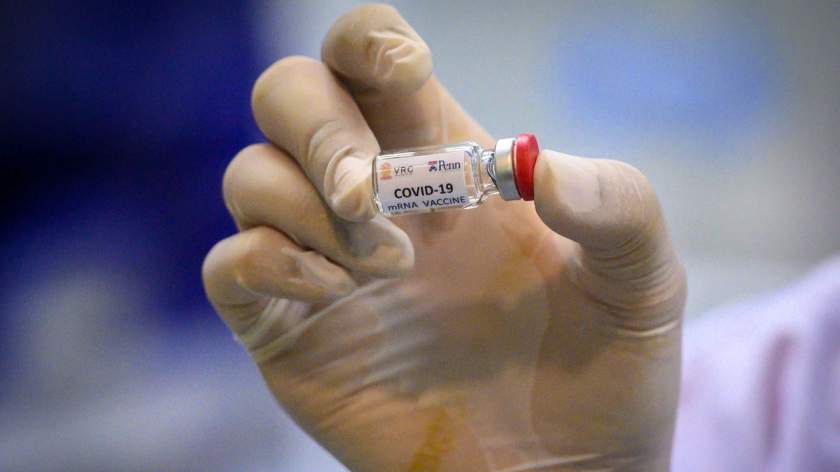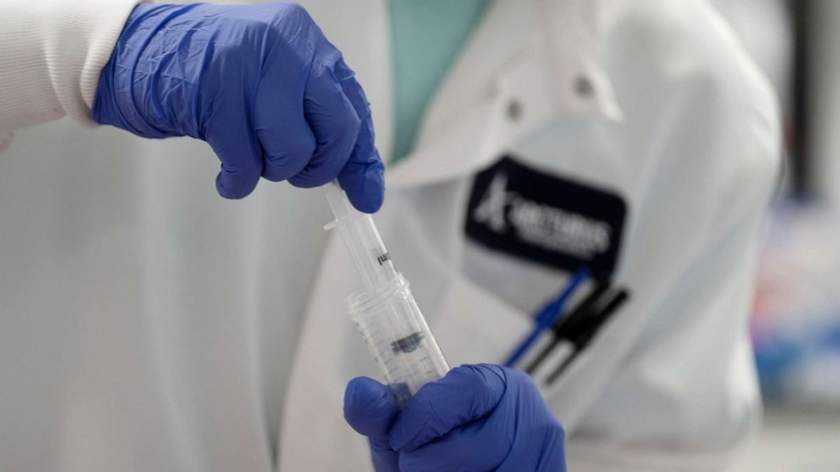
A Chinese team has found a new bat coronavirus that carries the risk of animal-to-human transmission because it uses the same human receptor as the virus that causes COVID-19.
The study was led by Shi Zhengli - a leading virologist known as the "batwoman" due to her extensive research on bat coronaviruses - at the Guangzhou Laboratory along with researchers from the Guangzhou Academy of Sciences, Wuhan University and the Wuhan Institute of Virology.
Shi is best known for her work at the Wuhan Institute, which has been at the centre of the controversy about the origins of Covid, with one major theory suggesting it came from a lab leak in the city.
While there is still no confirmed statement on the origin of the virus, some studies suggest it originated in bats and jumped to humans through an intermediate animal host. Shi has denied that the institute was to blame for the outbreak.
The latest discovery is a new lineage of the HKU5 coronavirus first identified in the Japanese pipistrelle bat in Hong Kong.
The new virus comes from the merbecovirus subgenus, which also includes the virus that causes Middle East respiratory syndrome (Mers).
The virus can bind to the human angiotensin-converting enzyme (ACE2), the same receptor used by the Sars-CoV-2 virus, which causes Covid-19, to infect cells.
"We report the discovery and isolation of a distinct lineage (lineage 2) of HKU5-CoV, which can utilise not only bat ACE2 but also human ACE2 and various mammalian ACE2 orthologs [- genes found in different species with a common origin]," they wrote in a paper published in the peer-reviewed journal Cell.
The researchers found that when the virus was isolated from bat samples it could infect human cells as well as artificially grown masses of cell or tissue that resembled miniaturised respiratory or intestinal organs.
"Bat merbecoviruses ... pose a high risk of spillover to humans, either through direct transmission or facilitated by intermediate hosts," the researchers added.
HKU5-CoV-2 not only binds to ACE2 receptors in humans but in multiple other species, all of which could act as intermediate hosts and pass it on to humans.
Merbecovirus includes four distinct species - the Mers coronavirus, two found in bats and one in hedgehogs - and was added to the World Health Organization's list of emerging pathogens for pandemic preparedness last year.
Earlier this month Cell published a paper by a team from the University of Washington in Seattle and Wuhan University that concluded that although the HKU5 strain could bind to bat and other mammalian ACE2 receptors, they did not detect "efficient" human binding.

















Comments